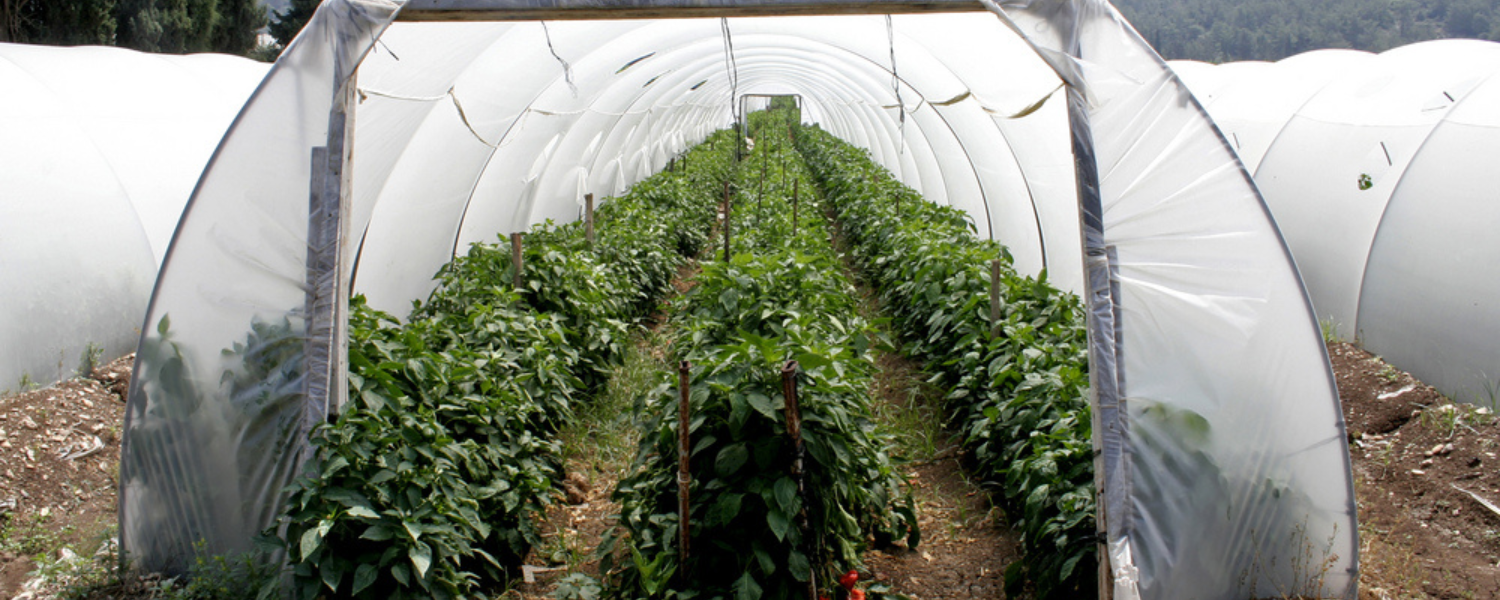The Hidden Challenges of Hoop houses: A Comprehensive Look at Their Disadvantages
Hoop houses, also known as high tunnels or hoop greenhouses, have become increasingly popular among gardeners and farmers looking to extend their growing season and protect their crops from the elements. These structures offer a cost-effective and relatively simple way to create a controlled environment for plants. However, while hoop houses offer numerous advantages, they also come with their own set of challenges and disadvantages that need to be carefully considered before investing in one.
1. Limited Climate Control
One of the primary drawbacks of hoop houses is their limited ability to regulate temperature and humidity compared to traditional greenhouses. Hoop houses rely heavily on natural ventilation, which can be insufficient during periods of extreme heat or cold. This can lead to significant temperature fluctuations, making it challenging to maintain optimal growing conditions for certain crops.

2. Vulnerability to Weather Extremes
Although hoop houses offer some protection from the elements, they are not as robust as greenhouses and can be vulnerable to severe weather conditions. Strong winds, heavy snow, and hail can damage the plastic covering or even collapse the entire structure if it is not properly reinforced. This can result in significant losses for growers.
3. Increased Pest and Disease Pressure
The enclosed environment of a hoop house can create ideal conditions for certain pests and diseases to thrive. The lack of natural predators and the warm, humid environment can lead to rapid infestations, which can be challenging to control. This can require growers to use pesticides or other control methods, which can have negative impacts on the environment and human health.

4. Limited Lifespan and Maintenance Requirements
The plastic covering of a hoop house typically has a limited lifespan, often requiring replacement every few years. This can add to the long-term cost of ownership. Additionally, hoop houses require regular maintenance to ensure their structural integrity and proper functioning. This includes checking for tears in the plastic, repairing any damage to the frame, and ensuring that the ventilation system is working correctly.
5. Space Limitations and Accessibility Issues
Hoop houses often have a limited growing area compared to larger greenhouses, which can restrict the types and quantities of crops that can be grown. Additionally, the curved shape of a hoop house can make it challenging to access certain areas, especially for taller individuals or those with mobility issues.
6. Regulatory and Permitting Challenges
Depending on your location, there may be regulations and permitting requirements for constructing a hoop house. These regulations can vary widely and may involve zoning restrictions, building codes, and environmental considerations. It is essential to research and comply with all applicable regulations before building a hoop house.
7. Aesthetic and Visual Impact
In some cases, neighbors or local communities may have concerns about the aesthetic and visual impact of a hoop house. This can be particularly relevant in residential areas or places with strict landscaping regulations. It is crucial to consider the potential visual impact of a hoop house and address any concerns that may arise.
8. Environmental Considerations
While hoop houses can contribute to sustainable agriculture by reducing the need for pesticides and extending the growing season, they also have potential environmental impacts. The production and disposal of plastic coverings can contribute to pollution, and the use of energy for heating and ventilation can increase carbon emissions. It is essential to consider these environmental impacts and adopt sustainable practices when using a hoop house.
9. Economic Factors
While hoop houses are generally more affordable than greenhouses, the initial investment can still be significant, especially for larger structures or those with additional features. It is crucial to carefully assess the costs and benefits of a hoop house before making a purchase. Additionally, growers should consider the potential return on investment and the market demand for the crops they plan to grow.
10. Learning Curve and Expertise
Operating a hoop house effectively requires some knowledge and expertise in areas such as climate control, pest and disease management, and crop selection. Growers may need to invest time and resources in learning these skills or seek advice from experienced professionals.
In conclusion, while hoop houses offer numerous benefits for extending the growing season and protecting crops, they also come with their own set of challenges and disadvantages. Growers need to carefully consider these factors before investing in a hoop house and make informed decisions based on their specific needs, resources, and goals. By understanding the limitations and potential drawbacks of hoop houses, growers can take steps to mitigate these challenges and maximize the benefits of this valuable agricultural tool.
hoop houses disadvantages
